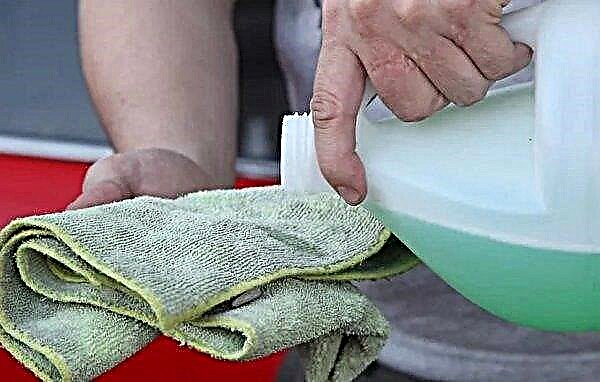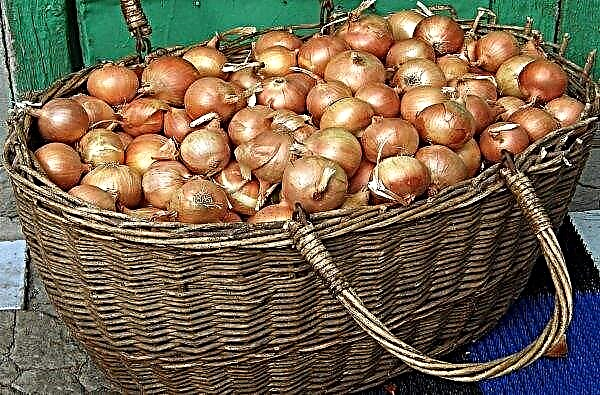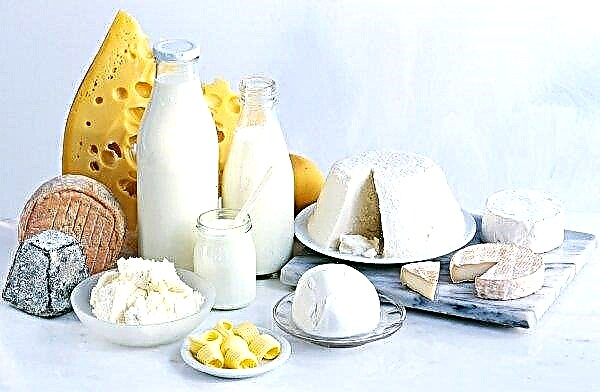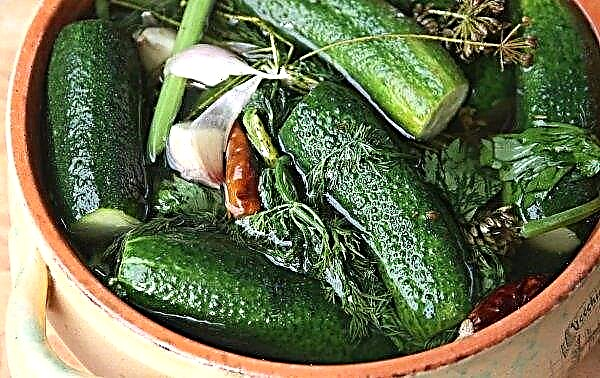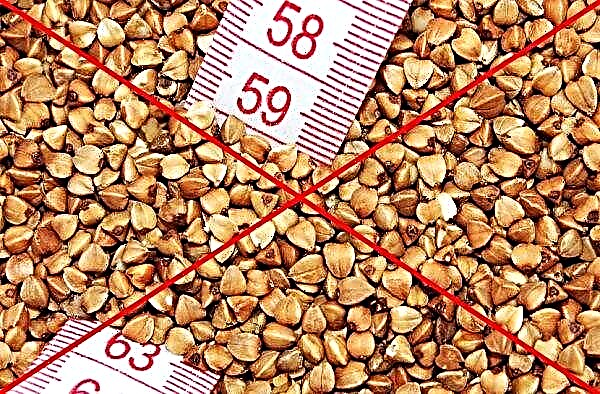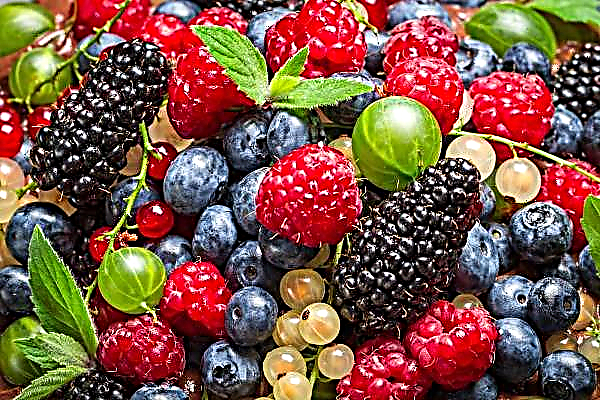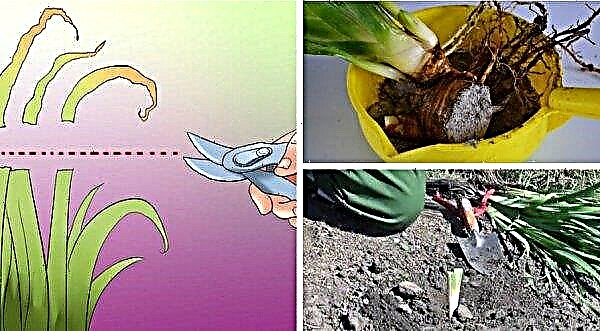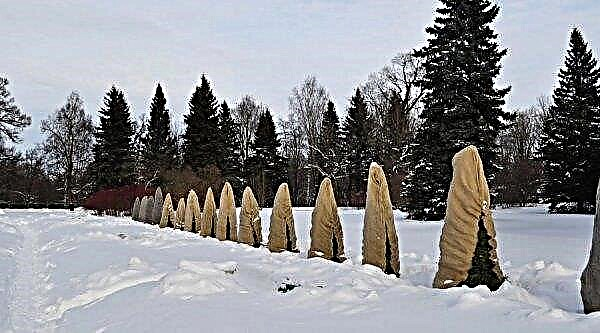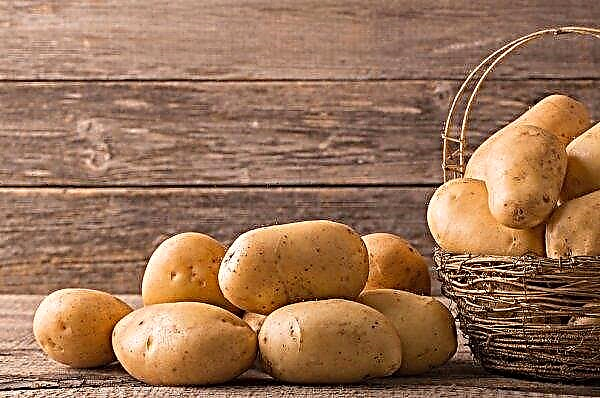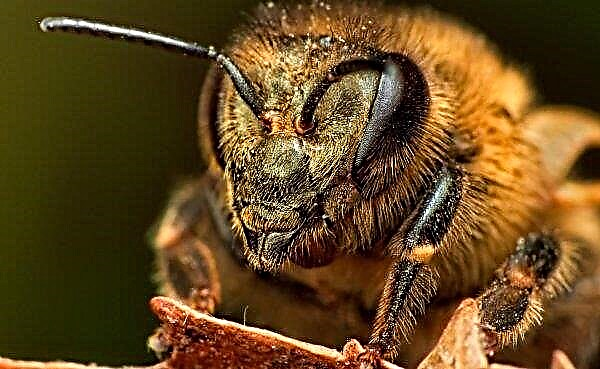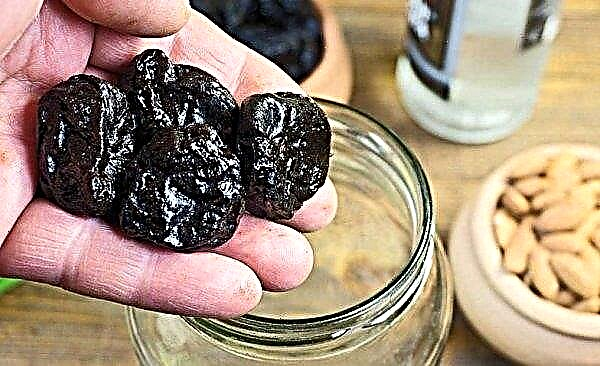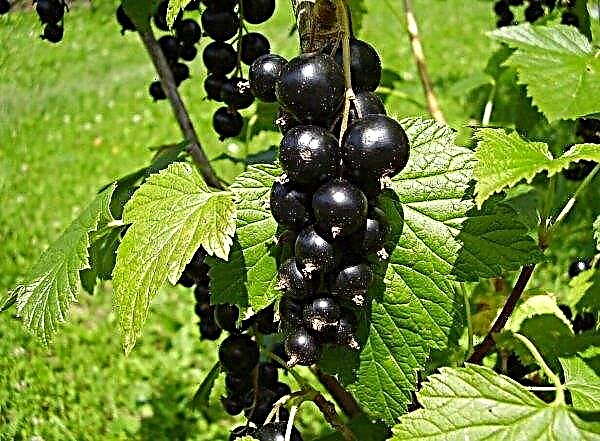Truffle is the most valuable of all known edible mushrooms and, perhaps, one of the most expensive delicacies in general. But it turns out that there are also several false varieties of the fungus. How to determine which mushroom you can eat and which not, you can learn from this article.
Description of False Truffles
The main distinguishing feature of false truffles is the fact that the edible delicacy belongs to the Truffle family, class Pezizomycetes, and inedible twins are not included in this family. Edible mushrooms include such representatives as Black Truffles (winter, perigorsk, autumn burgundy, Russian, etc.), White Piedmontese and many other varieties.
There are many types and false truffles. One of the most common is Melanogaster broomeanus, Bruma melanogaster, aka Truffle toadstool. It has absolutely nothing to do with the noble Truffle family, although it looks like edible brethren. Belongs to the Svinukhovs. Named in honor of the English mycologist of the nineteenth century Broome.
It has a spherical tuber, 1–8 cm in diameter. Mycelia are found that have an irregularly shaped mushroom body. They have such an interesting feature: they compress quite easily and also restore shape well if weaken the pressure. Outwardly, a young mushroom looks like a potato: a light tuber of cream or yellow color, which darkens with age. By old age it can become almost black. Peridium, the outer shell, often has a smooth texture, although it may also have a mesh, resembling a ripe melon.
Inside the mushroom has a jelly-like, although rather elastic, consistency. At first, the hleb (flesh) is beige, it may be creamy, then it darkens and becomes almost black with age. We can say that the fruit body of the fungus resembles a sponge. Truffle grebes can be identified by a pleasant fruity smell, which sometimes misleads mushroom pickers.
Deer truffle
Another variety of false truffles is the Deer Truffle, which is also known as Pargu, Parushka or Granaf Elafomitses. Has a fruiting body (cleistotomy) 1-4 cm in diameter. Color from white (in youth) to almost black with age.
It lies at a depth of 2-14 cm. It has a strong characteristic odor similar to potato during harvesting (the smell of chernozem, humus). The closest relatives of Pargu are prickly and reddish-brown truffles, although they are less common.

Edibility
For good reason, false truffles cannot be called poisonous, although they are unsuitable for human consumption. But deer, rodents, wild boars and other mammals eat them with pleasure.
Although confusing an edible and inedible mushroom is not difficult, one should not be so afraid of a mistake. As already mentioned, false truffle is not toxic, but it has an unpleasant taste and can cause food poisoning. However, for poisoning, you need to eat a considerable number of mushrooms, which is unintentionally extremely difficult to do because of the taste.
Important! Although pargu is inedible for humans, in some regions it is used as an aphrodisiac.
Where truffle-like mushrooms grow
Deer truffle is the most common member of the genus Elaphomyces. In addition, this mushroom is the most popular representative among all the fungi growing underground in the Northern Hemisphere. In addition, there is evidence that the parga was found in South America, China, Japan, and some other regions of Southeast Asia.
 The habitat ranges from the polar regions of the Arctic to the subtropical zone.
The habitat ranges from the polar regions of the Arctic to the subtropical zone.
There are a lot of false truffles in the post-Soviet space in the Novosibirsk region of Russia, in Kazakhstan. Most often found in deciduous forests with a pH of 6.0 and below. In coniferous forests, with the exception of the Novosibirsk region, is much less common.
Important! Mature truffles are thought to contain anandomite, a substance that acts on cannabinoid receptors, which has a similar effect to marijuana.
How to search for truffles
In addition to the above differences, there is another characteristic sign of how to distinguish a real delicacy from imitators. You can find out that the fungus is edible by depth: the real truffle can be found no closer than 50–70 cm from the surface of the earth, while false varieties grow no deeper than 15 cm.
The truffle collection season is fairly short - black varieties are harvested from late autumn to early spring. The collection period for white representatives of the species is even shorter - it began around November and before the end of the year, that is, a little over a month. For collection use specially trained dogs or pigs, otherwise this mushroom can not be found. It is found in Russia on the Black Sea coast of the Caucasus, in the middle lane of the European part, in the territory of the Moscow Region. Black truffle grows best on calcareous soils.

But the white variety of the fungus prefers the edges of deciduous forests, glades, hazels, and birch groves that are not deprived of sunlight. The most widespread in the Oryol, Smolensk regions, some areas of the Volga region (Samara, Nizhny Novgorod, Vladimir). Although they find the coveted trophy in the more northern regions (Moscow, St. Petersburg).
It’s extremely difficult to find a valuable mushroom without a dog and appropriate preparation, but some useful tips will help you in this fascinating, albeit difficult, task:
- the presence of the fungus in a particular place is recognized by a characteristic feature - the ashy color of the soil;
- mushrooms in the land live in families, keep this in mind - if you find 1-2 pieces in the soil, do not stop, dig the soil nearby;
- tell about the location of the coveted prize and traces of digging of the earth by animals, the accumulation of small insects over a certain place;
- it is better to use a trained dog for searches - this is the most common and effective way to find a wild mushroom.
Did you know? Truffles are bred at home for sale, although previously it was believed that this was impossible. The first successful attempts to grow a mushroom were made artificially in the first half of the 19th century in France.
Now you know the difference between true and false truffles, and even some tricks to collect this truly royal delicacy. If you decide to go looking, we wish you good luck and a good harvest.

